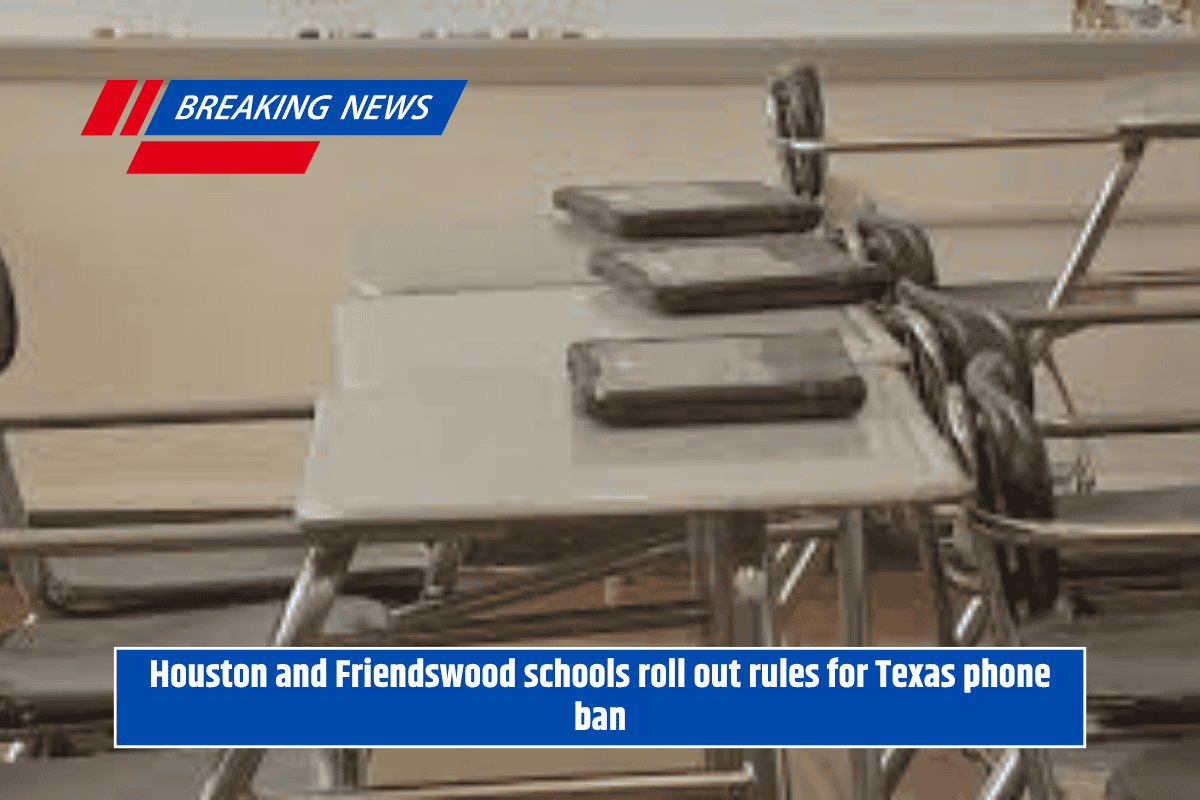As the new school year begins, students and parents across Texas are preparing for a big change. A new law has been passed that bans the use of mobile phones and other personal electronic devices during the school day in public schools.
This move aims to help students focus better in class, but it’s also raising concerns among parents about safety and communication. Here’s everything you need to know about the new rule and how it will be applied in schools.
New School Year, New Rules
Many schools in Texas will be opening their doors in August, but this year things will be different. Thanks to **House Bill 1481**, students will no longer be allowed to use personal devices like mobile phones, smartwatches, headphones, or similar gadgets during the school day.
This law covers all public and open-enrollment charter schools. The ban includes all parts of the school day—not just classroom hours, but also lunchtime, passing periods, and breaks. Each school district has the power to decide how they will enforce this rule.
How Different Schools Are Handling the Policy
Each school district in Texas can choose how they want to carry out the new policy, as long as they follow the basic rule of not allowing students to use personal devices during school hours.
For example, Friendswood Independent School District (FISD) has announced that students will be required to lock their phones in special pouches.
These pouches will be provided by the school, and once locked, the students must place them in their backpacks or lockers. The policy applies to every part of the school, including classrooms, hallways, cafeterias, and even restrooms.
Houston Independent School District (HISD) has taken a slightly different route. HISD is asking students to either leave their devices at home or store them in backpacks or lockers—turned off. If a student breaks this rule, there are clear consequences:
First time: The device will be taken away and a parent can pick it up after school.
Second time: The device can be picked up after one full school day.
Third time: It can be collected after two full school days.
Mixed Reactions from Parents and Teachers
Many teachers and some parents have welcomed the new rule. They believe it will help reduce distractions in already crowded classrooms. **Crystal Castillo**, a parent, shared her thoughts, saying that she understands the challenges teachers face in keeping students focused.
However, not all parents are happy. Castillo and others have raised concerns about safety, especially during emergencies. Some parents are already exploring other ways to track their children’s location, such as using special wearable devices.
Exceptions to the Rule
The **Texas Education Agency (TEA)** has made it clear that there are some exceptions. Students with approved medical needs, a documented requirement from a certified doctor, or special education needs may still be allowed to use their devices.
In addition, the TEA is offering a grant program to help schools pay for secure storage options. Schools can use this money to buy storage pouches, lockers, or cabinets needed to enforce the policy.
Deadline for Schools
All school districts must adopt and put the policy into action by **September 18**. This means schools have a limited time to prepare and inform students and parents about the changes.
With the new cellphone ban in Texas schools, the focus is clearly on improving learning and reducing distractions. While many parents and teachers agree that it could make classrooms better for education, concerns about safety and communication remain.
Schools will need to find the right balance as they roll out this policy. What’s clear is that students, parents, and teachers will all need to adjust to this new way of managing technology at school.
